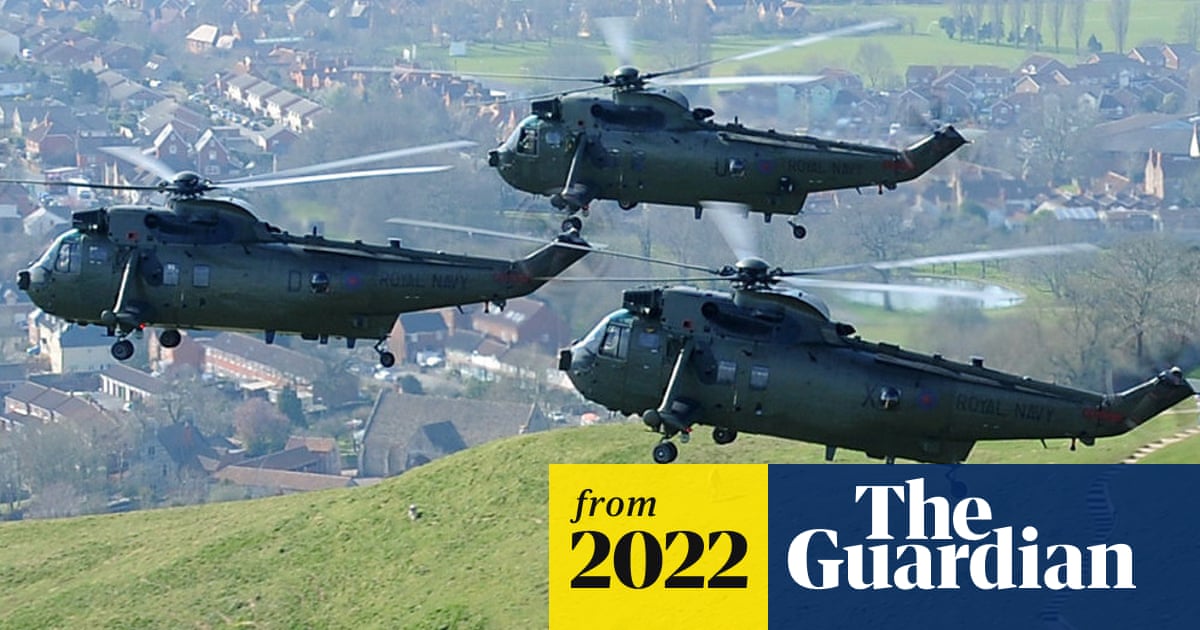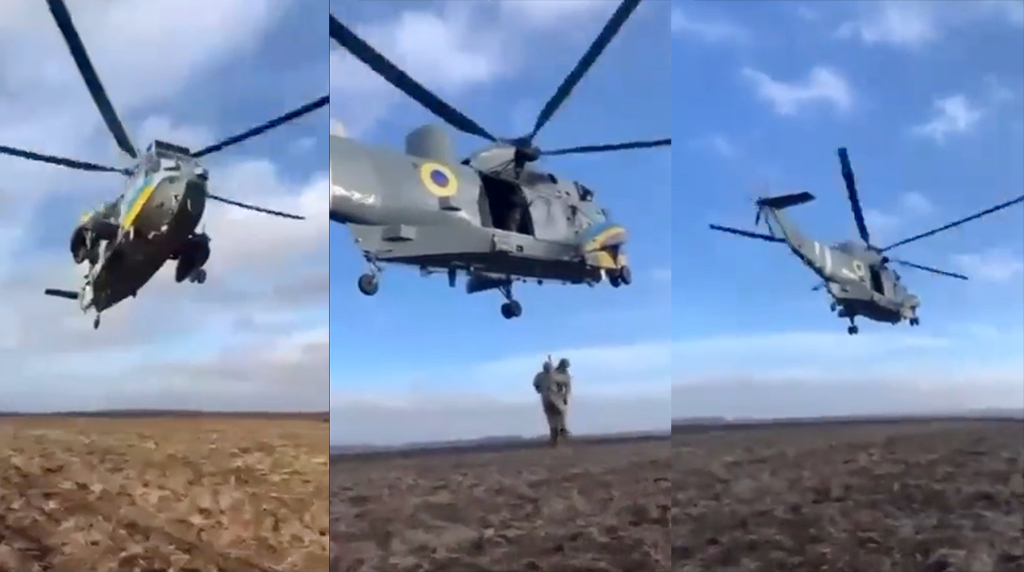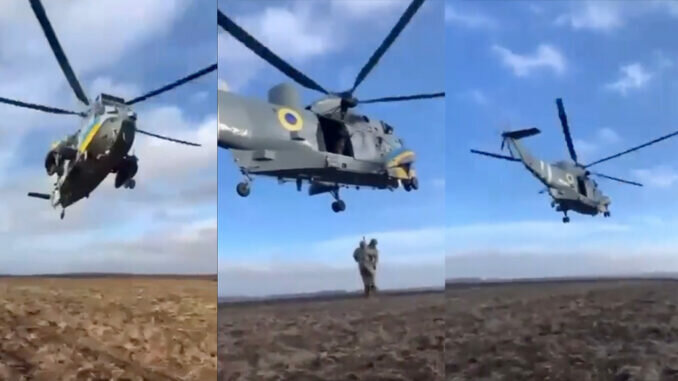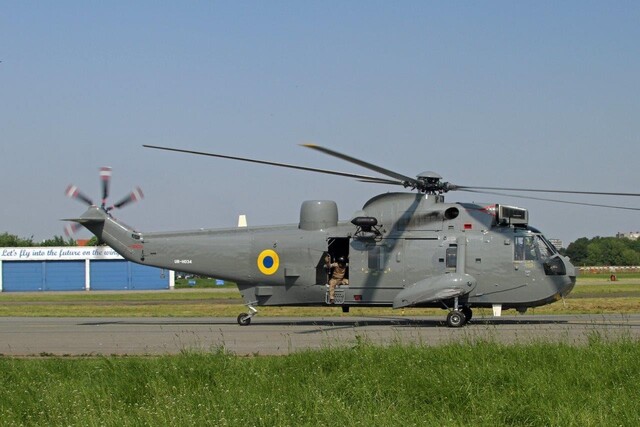- Joined
- 9 October 2009
- Messages
- 21,979
- Reaction score
- 13,647
https://ukdefencejournal.org.uk/sea-king-helicopters-ends-49-years-of-service/
Two Sea King helicopters from 849 Naval Air Squadron flew as far east as Teignmouth, over Dartmoor and Bodmin Moor, the northern Cornish resorts of Padstow, Newquay and St Ives, before a final sight of Land’s End, Penzance, Mounts Bay and back to Culdrose.
Their flight marks the end of 49 years of active military operations by the Sea King in various roles and guises. The first of more than 140 Sea Kings built for the Royal Navy arrived at Culdrose, just three weeks after the first moon landing, say the Royal Navy in a release. According to the release:
“Since then, the helicopter has been used for anti-submarine warfare, search-and-rescue missions, general duties, carrying Royal Marines Commandos into action (which it did in the Falklands, Iraq (twice), the Balkans, Sierra Leone and Afghanistan), and provided airborne early warning and intelligence to the Fleet and ground forces. It’s in that last role – the Sea King Mk7 airborne surveillance and control – that an aircraft designed in the late 1950s flew its final mission.
It earned the ‘bagger’ tag after the Falklands conflict in 1982 when the airborne early warning variant was hurriedly introduced; the large black sack sticking out of the fuselage houses a powerful radar which scans the skies for potential threats. Those original baggers had one major flaw – they couldn’t track hostile aircraft over land, a problem rectified when the much-improved Mk7 entered service in 2001.
It proved to be a revelation. Crews found that they could not only detect aerial threats, but they could also track vehicle movements on the ground. The Mk7 proved indispensible in helping Allied forces to evade and ultimately destroy Saddam Hussein’s army around Basra and the Al Faw peninsula in 2003… and helped ground troops and police in Afghanistan arrest insurgents and seize masses of weapons and bomb-making equipment.”
Their airborne surveillance and control role will be taken over by the new Merlin Crowsnest which arrives at Culdrose next year and will operate from new carriers HMS Queen Elizabeth and HMS Prince of Wales from 2020 onwards.




